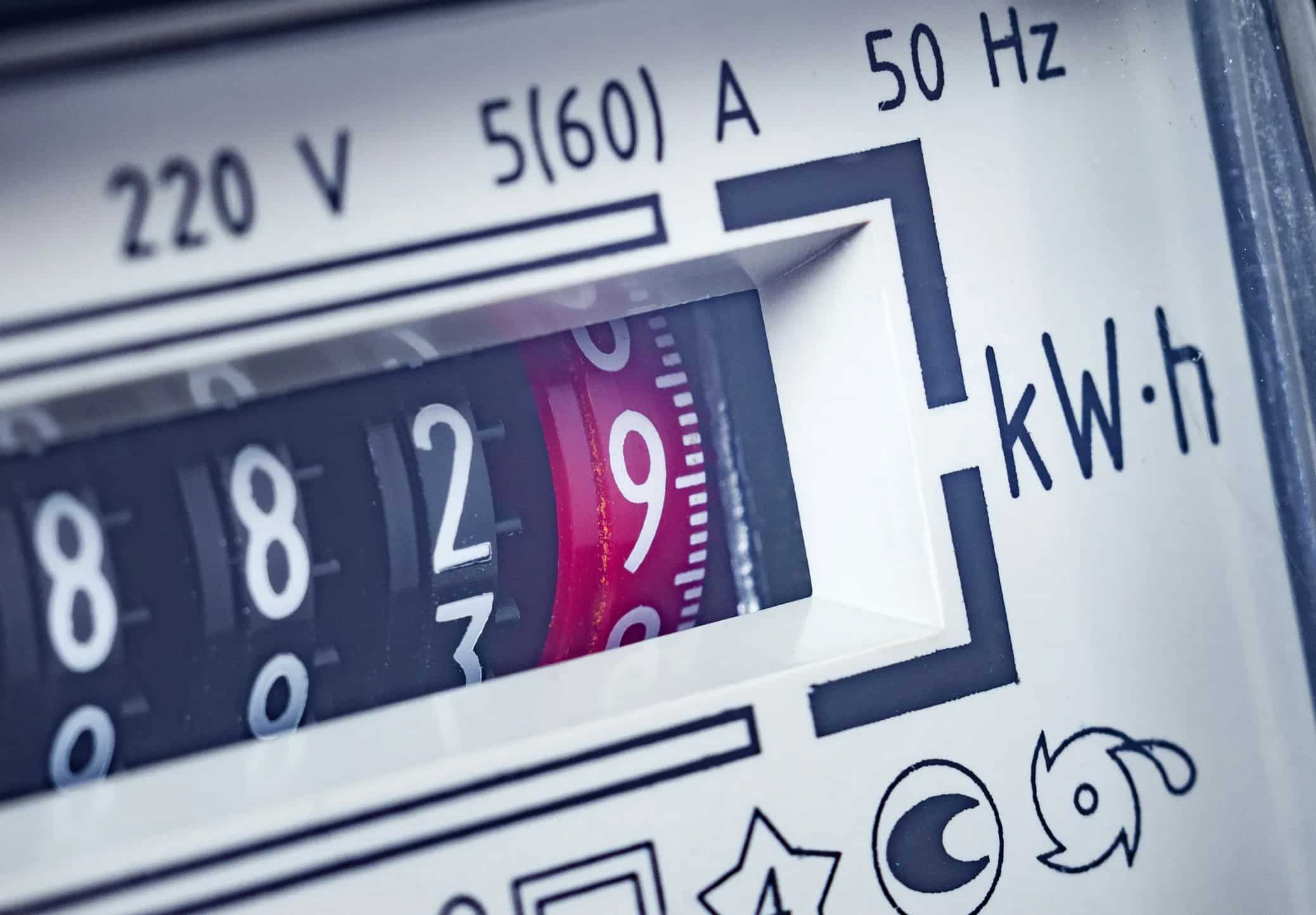This is a story of big ideas, bold action, and a state that’s tired of paying too much for power.
Bihar is now building its own path — literally — from thermal plants to your home. And if it works, your electricity bill might finally come down.
From Dependence to Control: Bihar’s Big Energy Shift
For years, Bihar had to depend on central agencies like Powergrid to carry electricity from its thermal plants to the grid. That made power more expensive by the time it reached homes and businesses.
Now, the state is doing something new.
It’s building its own system to transmit electricity. And it starts with two big thermal plants:
- Chausa in Buxar
- Pirpainti in Bhagalpur
This change could save crores — and bring down the cost of electricity for everyone.
Chausa Power Plant: Laying the Foundation
At Chausa, two units of 660 megawatts (MW) are almost ready. One unit is expected to start producing power by the end of this year.
Here’s the deal:
- Bihar will get 561 MW directly from the first unit
- No middlemen — the power will go straight to Bihar’s grid
- Bihar State Power Transmission Company (BSPTCL) is handling it all
And once both units are running, Chausa will also get a third unit in the future.
Pirpainti Thermal Project: The Next Chapter
Inspired by Chausa, Bihar has taken the same bold step in Pirpainti.
What’s planned:
- Three units of 800 MW each
- Tenders have been released
- Power production is expected in the next five years
- Transmission will be handled by Bihar’s own agency — no outsiders
Why This Matters to You
This isn’t just about energy strategy — it’s about your monthly bill.
Without central agencies, Bihar won’t have to pay extra transmission fees. That means:
- Lower cost of production
- Cheaper electricity for homes and businesses
- More control over energy infrastructure
What’s Happening on the Ground?
Bihar’s power company is already laying transmission lines. Approval is in progress from the Bihar Electricity Regulatory Commission.
And this time, no waiting on central help.
Here’s how the old and new systems compare:
| Feature | Old System | New Bihar Model |
|---|---|---|
| Transmission Agency | Powergrid (Central Agency) | BSPTCL (State-Owned) |
| Cost to Bihar | High (extra charges applied) | Low (self-managed transmission) |
| Speed & Independence | Slow and dependent on approvals | Fast, controlled by Bihar |
| Consumer Electricity Rate | Higher | Likely to decrease |
What Officials Are Saying
“This is more than a change in wiring,” one energy department official said. “It’s a change in mindset. Bihar now has the tools, the people, and the will to lead its own power projects.”
Why This Move Makes Sense
- Save Money: No more paying national transmission fees
- Self-Reliant: Full control from power plant to grid
- Scalable: Model can be repeated across more plants
- Cheaper Power: Cost drops get passed to the people
What’s Coming Next?
- Chausa’s first 660 MW unit will begin by year-end
- Pirpainti’s three 800 MW units are under tender
- Transmission infrastructure is under construction
- New model may expand to other Bihar districts
FAQs
Q1. Why is Bihar changing how electricity is transmitted?
To save money and lower the cost of electricity for people by managing transmission on its own.
Q2. How much power will Bihar get from Chausa?
561 megawatts from the first 660 MW unit, starting this year.
Q3. What is special about the Pirpainti thermal project?
It will have three 800 MW units and use Bihar’s own transmission system.
Q4. Will electricity bills go down?
Yes. Without extra transmission costs, power will be cheaper in the long run.
Q5. Who is handling the new power lines?
Bihar State Power Transmission Company Limited (BSPTCL) is building and managing the lines.

